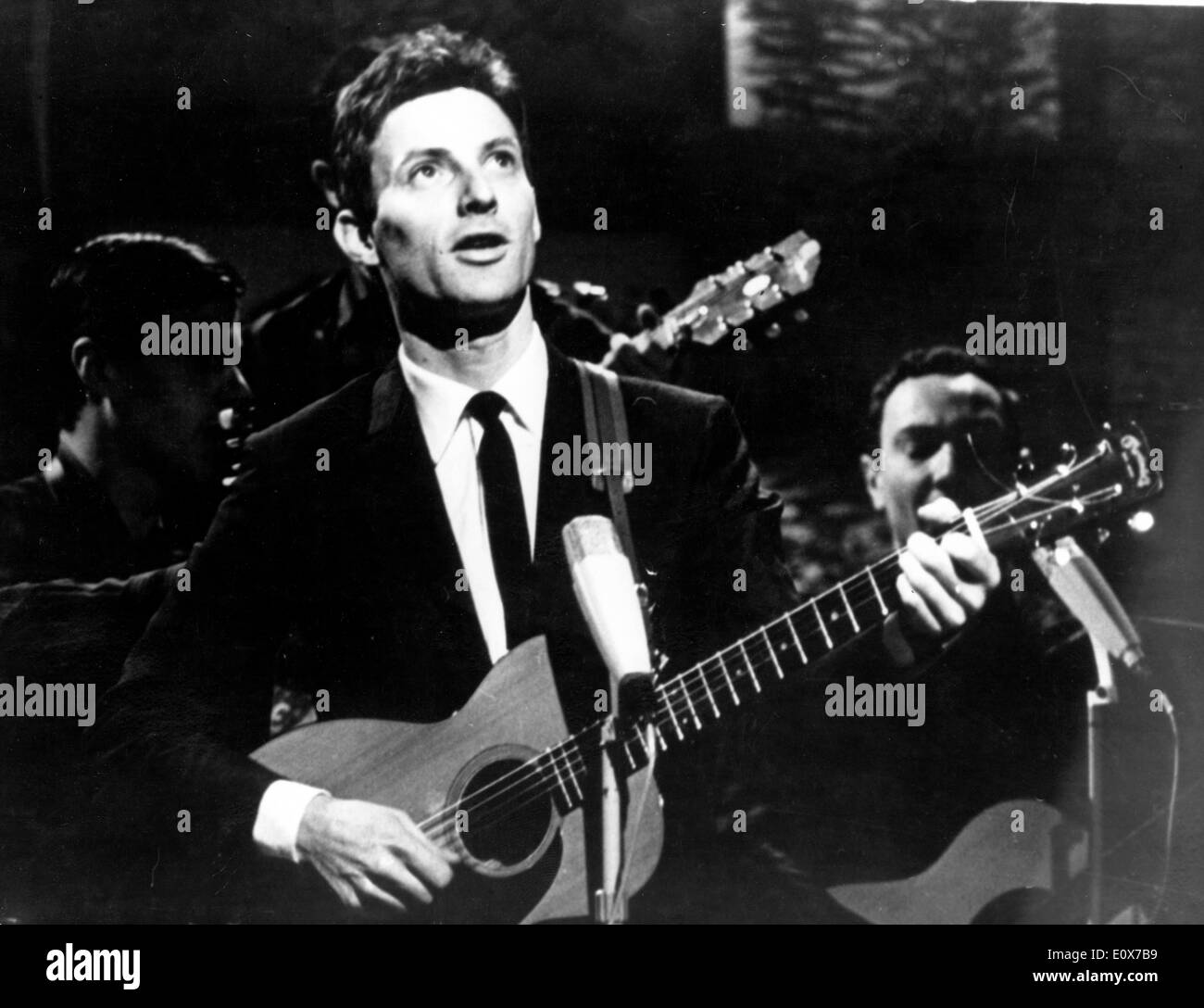Unveiling the Bold and Beautiful World of French Pop Art
French pop art, a movement that emerged in the 1950s and 60s, is a vibrant and dynamic genre that continues to captivate art lovers and enthusiasts around the world. This style of art is characterized by its use of bold colors, bold graphics, and a focus on popular culture, consumerism, and the mundane. With its unique blend of art, design, and advertising, French pop art has become a staple of modern art history, and its influence can still be seen today.
The origins of French pop art can be traced back to the avant-garde movements of the early 20th century, such as Cubism and Surrealism. However, it wasn't until the 1950s and 60s that French pop art began to take shape as a distinct movement. During this time, artists such as Pierre Soulages, Jean Fautrier, and Henri Matisse were experimenting with new techniques and styles, including the use of bold colors and graphic forms.
One of the key characteristics of French pop art is its use of bold colors and graphic forms. Artists such as Soulages and Fautrier used large areas of color to create dynamic and energetic works of art, often inspired by popular culture and consumerism. These artists were fascinated by the ways in which everyday objects and images could be transformed into art, and they often used techniques such as collage and assemblage to achieve this effect.
The Influence of Popular Culture
French pop art was heavily influenced by popular culture, including film, television, and advertising. Artists such as Soulages and Fautrier were inspired by the images and symbols of popular culture, and they often incorporated these elements into their work. For example, Soulages' "Rasage" series features images of movie cameras and film reels, while Fautrier's "Les Francs-Tireurs" series features images of snipers and soldiers.
Some notable artists associated with the French pop art movement include:
- Pierre Soulages
- Jean Fautrier
- Henri Matisse
- Yves Klein
- Brice Marden
The Rise of Urban Culture
The French pop art movement was also influenced by the rise of urban culture in the 1950s and 60s. As the city grew and became more cosmopolitan, artists such as Soulages and Fautrier were inspired by the energy and vitality of the urban environment. They often depicted city scenes, including streets, buildings, and people, in their work.
For example, Soulages' "Les Parisiens" series features images of everyday Parisians, while Fautrier's "Les Maisons" series features images of urban architecture. These works often depicted the city as a vibrant and dynamic place, full of energy and life.
The Role of Advertising
Advertising played a significant role in the development of French pop art. Many artists, including Soulages and Fautrier, were influenced by the images and slogans of advertising. They often incorporated these elements into their work, often using bold colors and graphic forms to create eye-catching and memorable images.
For example, Soulages' "Recherche" series features images of everyday objects, including household items and tools, often accompanied by bold and graphic advertisements. Fautrier's "Les Cartes" series features images of advertisements and posters, often featuring bold and colorful graphics.
Some notable works associated with the role of advertising in French pop art include:
- Pierre Soulages' "Recherche" series
- Jean Fautrier's "Les Cartes" series
- Raymond Queneau's "Exquisites de l'Exquisite Insecticide" series
The Legacy of French Pop Art
French pop art has had a lasting impact on modern art history. Its bold and colorful style, its focus on popular culture and consumerism, and its use of graphic forms and everyday images have influenced artists and designers around the world.
Today, French pop art can be seen in museums and galleries around the world, and its influence can be seen in everything from graphic design to fashion. The movement's emphasis on bold colors and graphic forms has also influenced the development of new art movements, including neon art and street art.
Some notable artists who have been influenced by French pop art include:
- Andy Warhol
- Roy Lichtenstein
- Jasper Johns
- Damien Hirst
Exploring the World of French Pop Art Today
If you're interested in learning more about French pop art, there are many ways to explore the world of this vibrant and dynamic movement. Here are a few suggestions:
- Visit museums and galleries that feature French pop art, such as the Centre Pompidou in Paris or the Museum of Modern Art in New York.
- Check out online resources, such as the website of the French pop art movement's founder, Pierre Soulages.
- Look for books and exhibitions that explore the history and influence of French pop art.
- Attend concerts and performances that feature music and visuals inspired by French pop art.
Conclusion
French pop art is a vibrant and dynamic movement that continues to captivate art lovers and enthusiasts around the world. Its bold and colorful style, its focus on popular culture and consumerism, and its use of graphic forms and everyday images have influenced artists and designers for generations. Whether you're a seasoned art lover or just starting to explore the world of modern art, French pop art is definitely worth checking out.
With its unique blend of art, design, and advertising, French pop art has become a staple of modern art history, and its influence can still be seen today. From the bold colors and graphic forms of artists such as Soulages and Fautrier to the iconic images of everyday life, French pop art is a movement that continues to inspire and delight.
So why not take a journey into the world of French pop art today? With its
Christian Keyes Father
How Tall Isabrina Carpenter
Kimol Song
Article Recommendations
- Janice Nichole Rivera
- Mamitha Baiju
- Anjali Arora
- Google Places Rank Tracking
- Matthew Gray Gubler
- Brooke Monk
- Clintastwoodndorsement 2024
- Icepice
- Esownload
- Rhona Mitra



